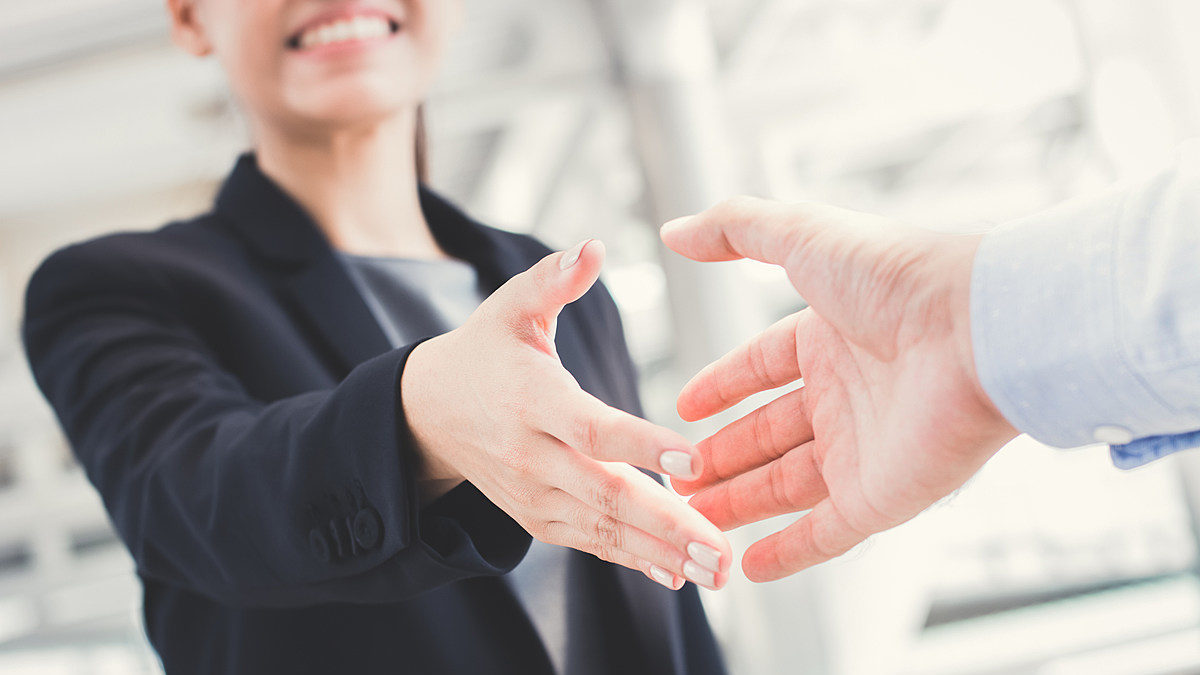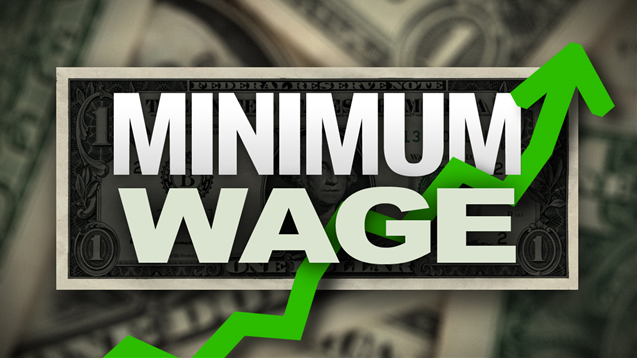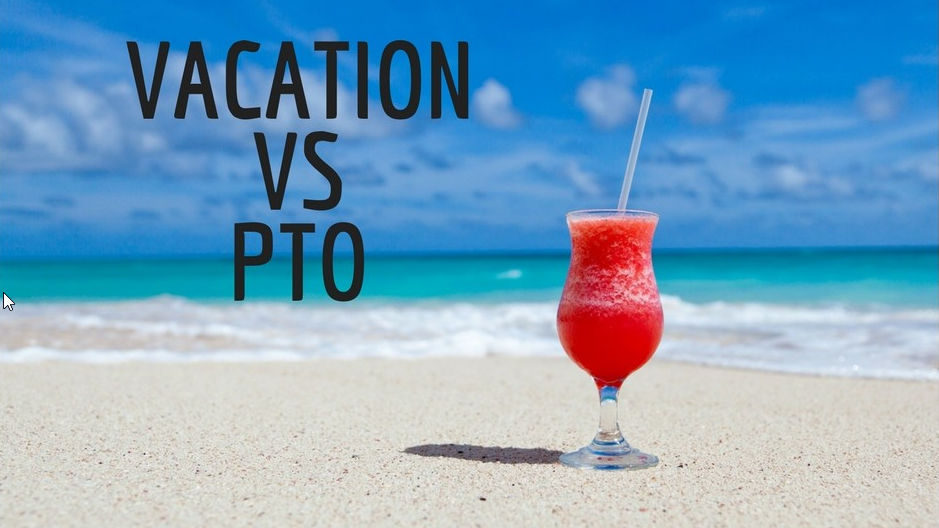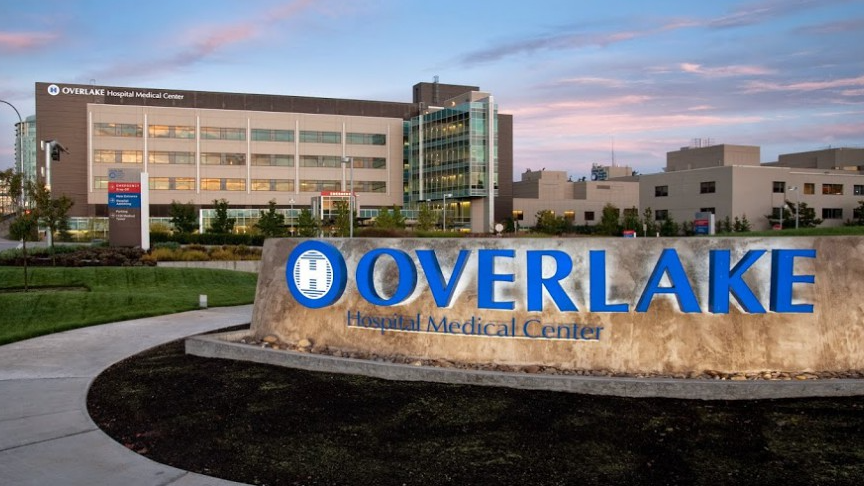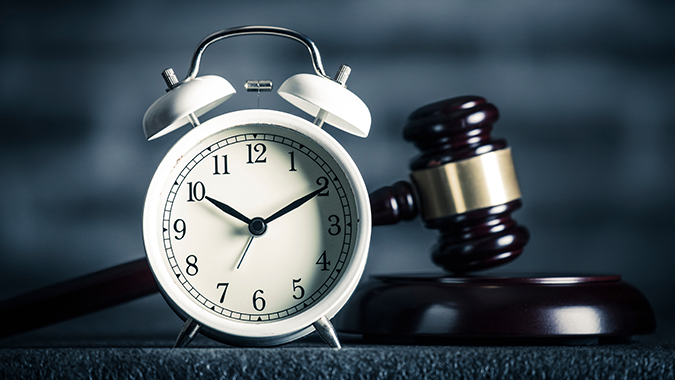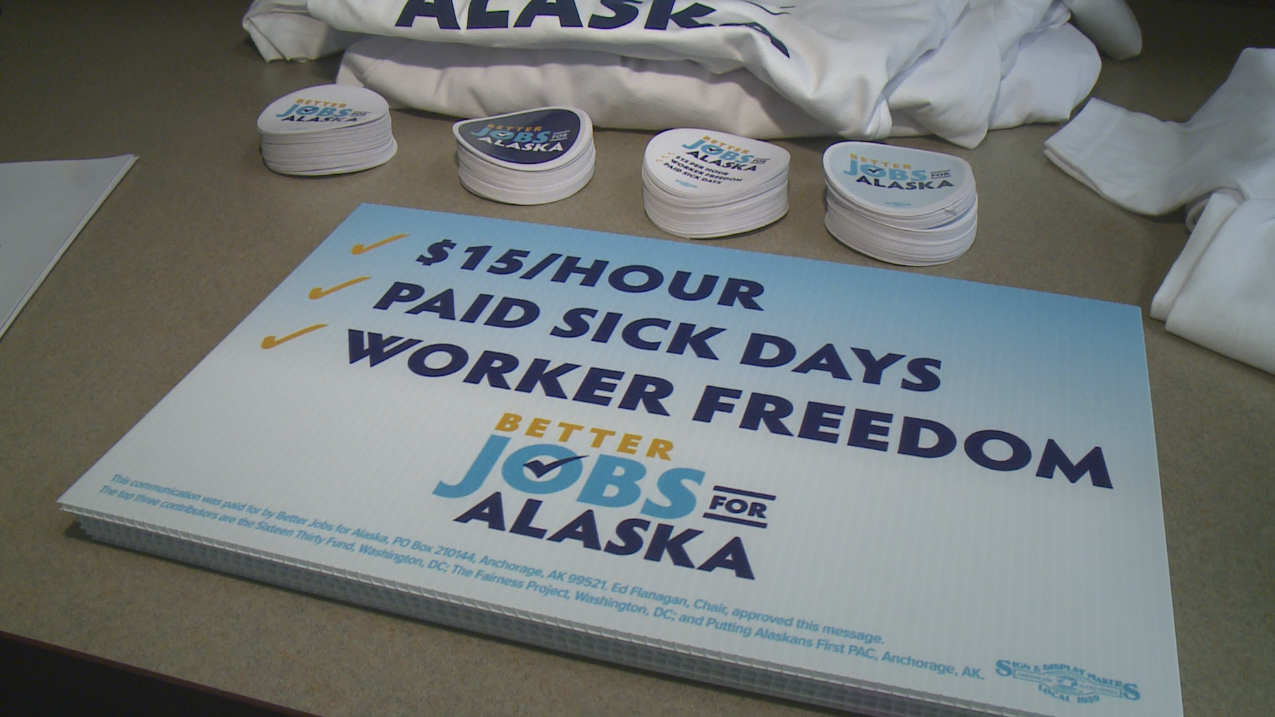When people meet for the first time, greeting someone with a handshake was quite common…prior to COVID-19. However, with previous CDC guidance discouraging handshaking and recent increases in COVID-19 outbreaks, what is the social norm, and will handshaking ever come back?
Recently, I was with a group of about 40 Long-Term Care professionals on a tour of a new facility. There were no residents or clinical staff on-site yet. When I walked into the large front lobby, I noticed most of the audience were female which was not surprising for the group. What was interesting is most people hugged each other. I assumed with this group most people were vaccinated as nearly all in attendance were not wearing masks. This was likely because the governor in our state recently opened most businesses and lifted the mask mandate for vaccinated individuals. It also could have been because this was the first time in nearly two years this group had seen each other.
As I entered the main ballroom, I was greeted by a man approximately 55 years old. He said, “Welcome!” and stuck out his hand for a common handshake. I responded by shaking his hand. As soon as I walked away, I wondered if I should have done that. It was a natural response based on the event and previous social norms. But I kept doubting myself and questioned if this was the right thing to do. I immediately looked for a hand sanitizer station figuring there was one close by and there was. I did not offer my hand to anyone else during the event.
The earliest depiction of the handshake is found in a 9th century B.C. Babylonia relief when the Assyrian King Shalmaneser III shakes the hand of the Babylonian king Marduk-zakir-shumi I to seal an alliance. The handshake is mentioned several times in both Homer’s Odyssey and Iliad as a sign of trust. In the 5th century B.C. in Greece, it was a sign of peace as a soldier had to lower their shield and sheath their sword to offer or receive a handshake. The handshake became the common greeting throughout Europe during medieval times.
Then COVID-19 hits. People were asked to social distance. This obviously makes it much more difficult to shake hands. Many reverted to fist bumps, elbow bumps, peace signs, bows, or just a head nod. Are these the new norms? Steven Pinker, Harvard Professor of Psychology states many of these gestures ‘go against the grain of intuitive friendliness’. These new gestures show more “we are all in this together” rather than the openness of a handshake showing trust or agreement. In addition, the touching of the skin promotes a general feeling of well-being.
One other factor to consider when thinking about the demise of the handshake is the difference between generations. They view the handshake very differently. Sociologists believe this is an evolution with the increased participation in sports. Except for the end of a hockey playoff series, the handshake in sports has morphed to the high-five and now the fist bump. In a survey, 51% of Millennials state once the pandemic is over, they are not likely to return to a handshake. This compares to 39% of Gen X or older adults when asked the same question.
There are locations where the handshake is likely to be eliminated like hospitals, clinics, and long-term care facilities. For most of the last century, doctors were taught to greet their patients with a handshake to establish trust and repour. Now, this is no longer the case. Even after the pandemic subsides, eliminating hand-to-hand contact prevents the spread of other diseases like colds and the flu.
Is the handshake going away completely? Not likely, but do not be surprised to see it less often. Bringing back traditions and interactions such as shaking hands represents an important part of the pandemic recovery process.
So, what do you do today? First, be aware not everyone is comfortable with a handshake right now. If you are not comfortable shaking a person’s hand, say thank you. Then let them know you still have a need to practice social distancing guidelines and leave it at that. If you are the one extending your hand and are refused, be polite and understanding. Let them know you take no offense to them not shaking your hand. Finally, if you do shake hands, be sure to use proper hygiene guidelines by washing your hands afterward…and remember to carry hand sanitizer.


